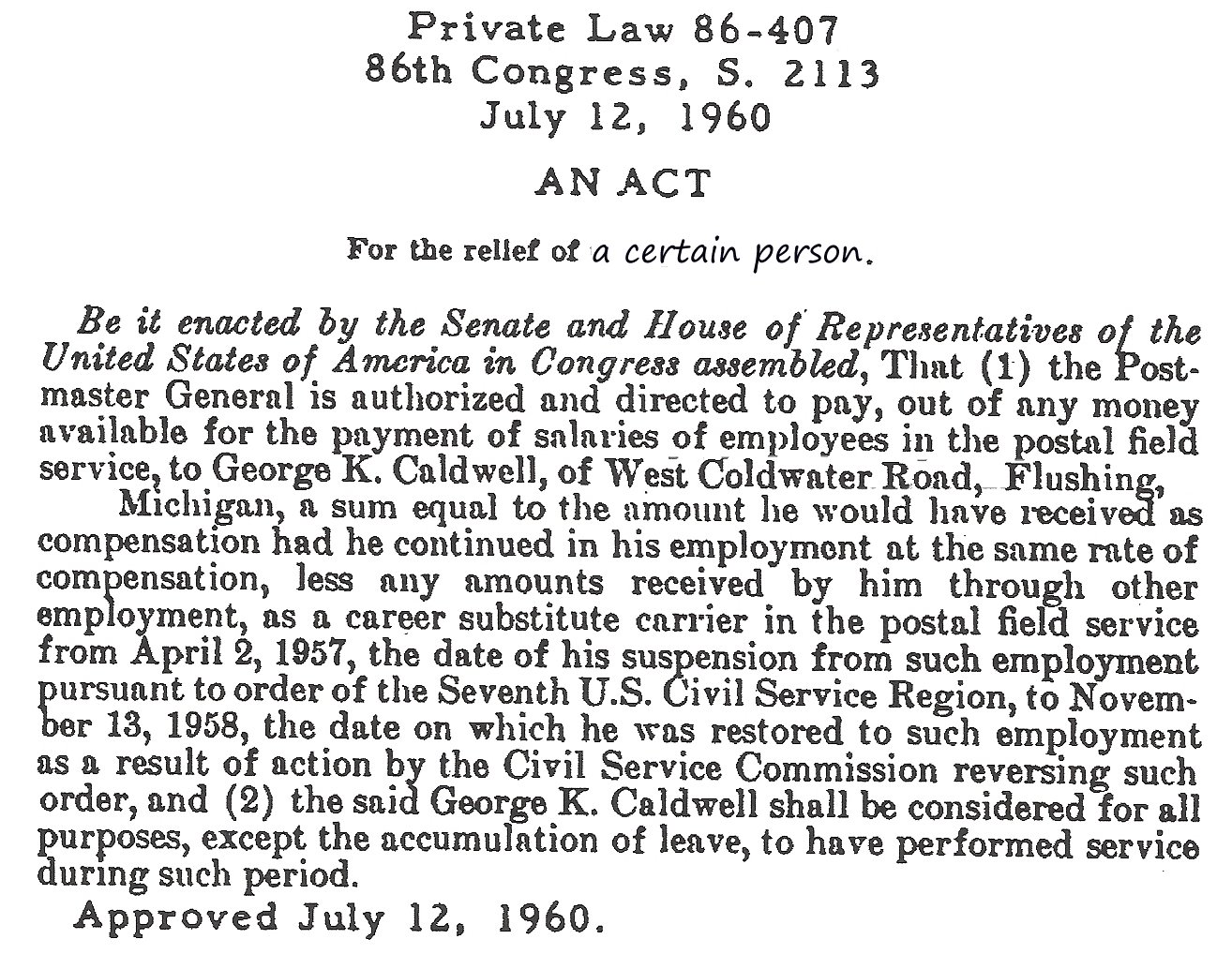|
International Religious Freedom Act Of 1998
The International Religious Freedom Act of 1998 (Public Law 105–292, as amended by Public Law 106–55, Public Law 106–113, Public Law 107–228, Public Law 108–332, and Public Law 108–458) was passed to promote religious freedom as a foreign policy of the United States, to promote greater religious freedom in countries which engage in or tolerate violations of religious freedom, and to advocate on the behalf of individuals persecuted for their religious beliefs and activities in foreign countries. The Act was signed into law by President Bill Clinton on October 27, 1998.GPPublic Law 105 - 292 - International Religious Freedom Act of 1998Page accessed June 3, 2016GPPage accessed June 3, 2016 Three cooperative entities have been maintained by this act to monitor religious persecution. #An Ambassador-at-Large for International Religious Freedom within the Department of State, who is the highest-ranking US diplomat on international religious freedom, and who is tasked with carry ... [...More Info...] [...Related Items...] OR: [Wikipedia] [Google] [Baidu] |
Act Of Congress
An Act of Congress is a statute enacted by the United States Congress. Acts may apply only to individual entities (called Public and private bills, private laws), or to the general public (Public and private bills, public laws). For a Bill (law), bill to become an act, the text must pass through both houses with a majority, then be either signed into law by the president of the United States, be left unsigned for ten days (excluding Sundays) while Congress remains in session, or, if vetoed by the president, receive a congressional override from of both houses. Public law, private law, designation In the United States, Acts of Congress are designated as either public laws, relating to the general public, or private laws, relating to specific institutions or individuals. Since 1957, all Acts of Congress have been designated as "Public Law X–Y" or "Private Law X–Y", where X is the number of the Congress and Y refers to the sequential order of the bill (when it was enacted). ... [...More Info...] [...Related Items...] OR: [Wikipedia] [Google] [Baidu] |
